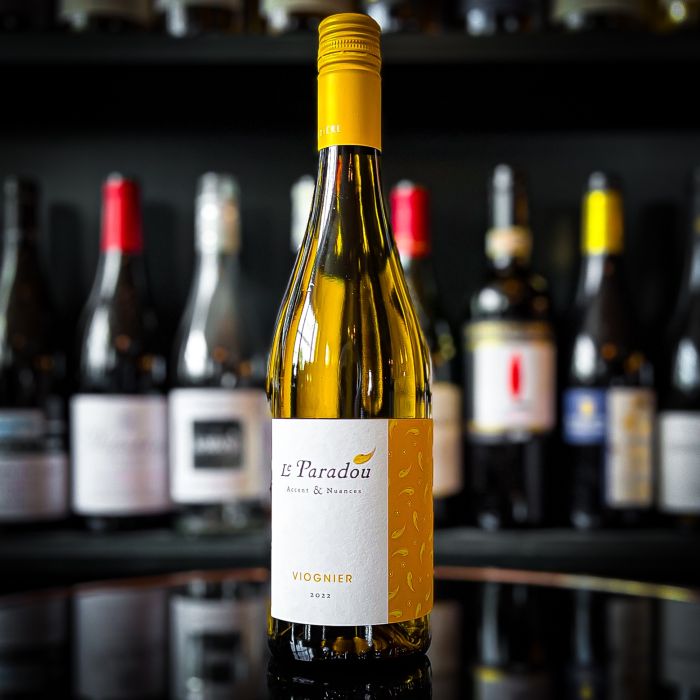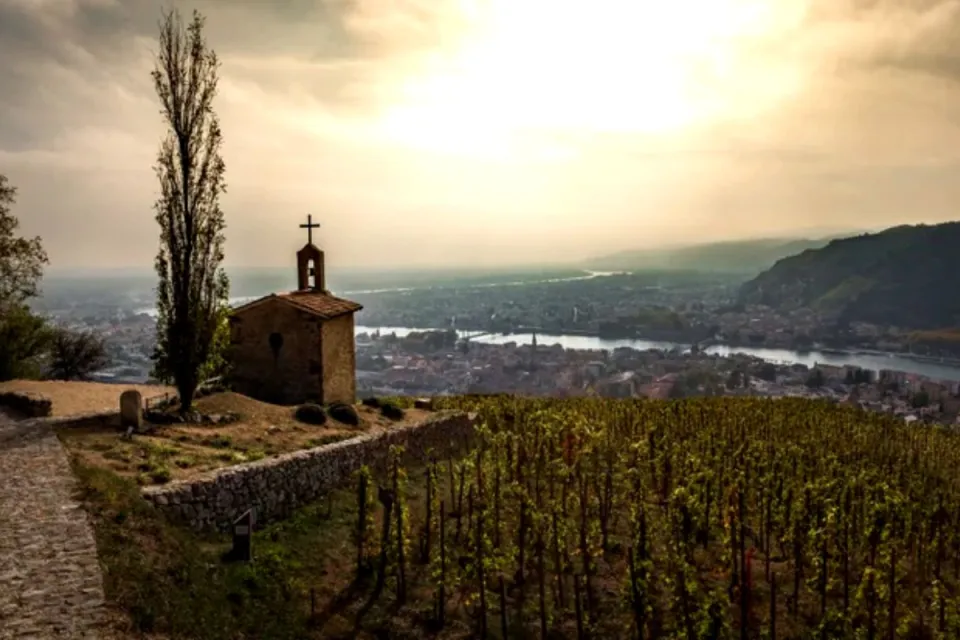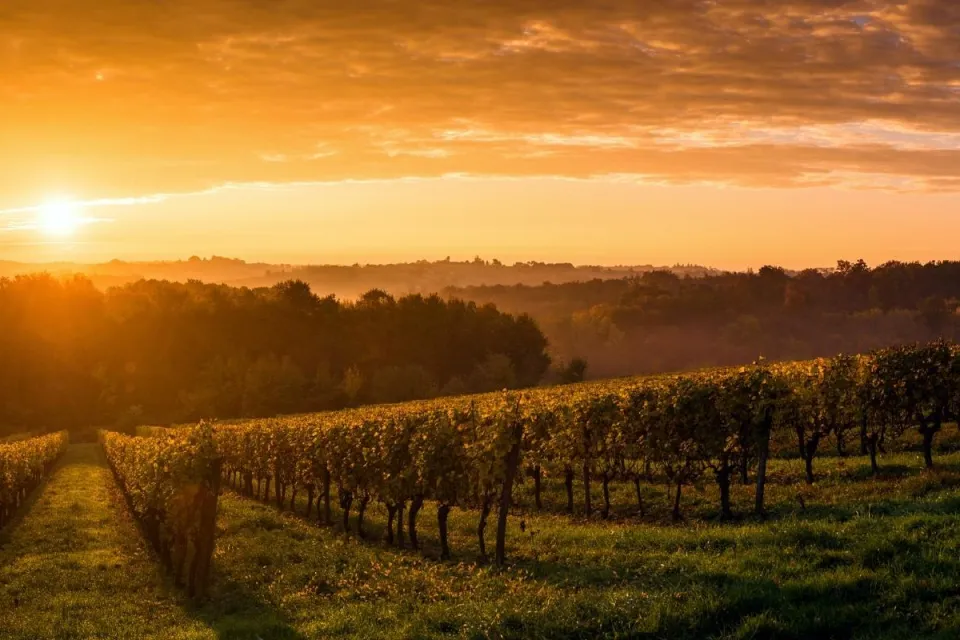Your Mini Basket
Located in south-eastern France, the Rhône Valley follows the Rhône River, starting in Lyon, as it winds its way down towards the Mediterranean Sea. It spans approximately 150 miles and is divided stylistically and geographically into northern and southern parts.
The Northern Rhône is a mere 40 miles long and is responsible for just 4-5% of all the wines from the region. This is the birthplace of Syrah and where many wine lovers find it reaches its height of expression – meaty, savoury, and elegant. Viognier, Marsanne and Roussanne are also grown for bold white wines. Cru vineyards of the north include Hermitage, Cornas, Côte Rôtie and Condrieu.
As the Rhône River progresses southward, the valley widens and the climate has a more Mediterranean influence. Grenache is king in the Southern Rhône and forms the foundation of the area’s popular blends (Grenache, Syrah, Mourvedre being the most typical). You’ll also find Cinsault, Carignan, Grenache Blanc, Clairette and a host of other grape varieties grown here. Côtes du Rhône AOC is the largest appellation, accounting for two thirds of the region’s production, whereas Châteauneuf-du-Pape is the most famous.



